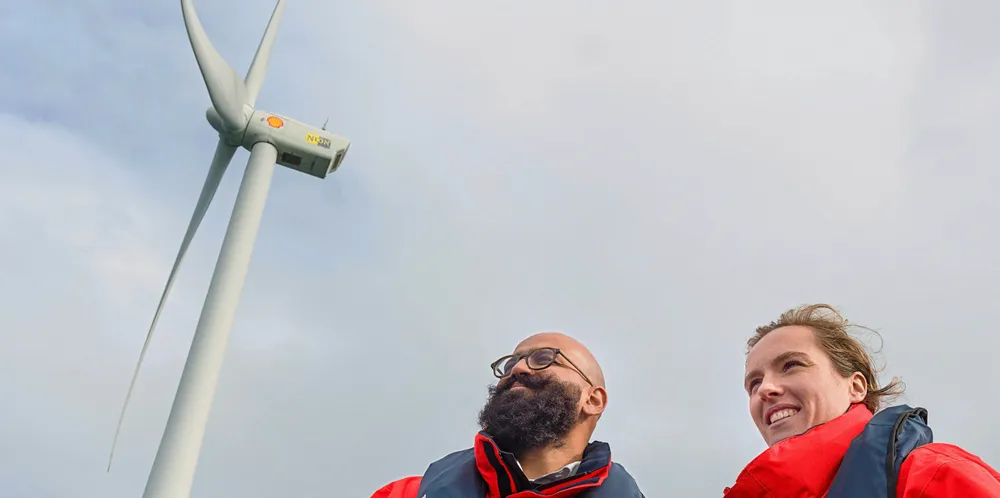'21st century Ardnacrusha' | Shell takes majority stake in Irish floating wind megaproject
Supermajor joins Simply Blue to build multibillion-dollar 1GW Emerald development near old gas fields in Celtic Sea, with first stage heading for consent early next year
